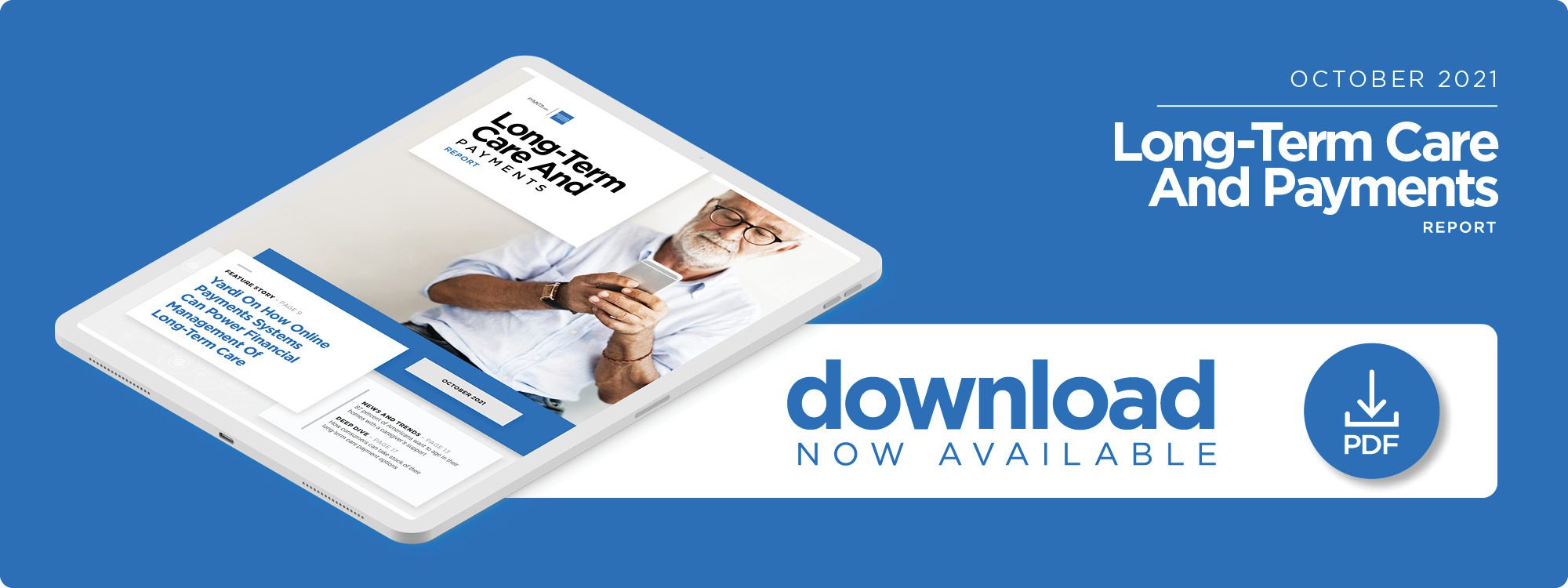Deep Dive: How Taking Stock of Their Long-Term Care Options Can Help Consumers Prepare for Retirement and Beyond

Advances in science have enabled consumers to live longer on average than previous generations, leaving many aging adults worried about outliving their savings. The U.S. Department of Health and Human Services reports that approximately 70% of retirees will require some form of long-term care, though just 33% of workers feel comfortable with the amount of funding they have set aside for such care. To compensate for the difference, some consumers purchase standalone long-term care policies to shore up any shortfalls in funding. Still, the rising premium costs for these plans are creating roadblocks for many consumers examining this route.
Approximately one-fifth of consumers age 65 and older will not require long-term care, and an additional 20% will need minimal assistance for the remainder of their lives. This is not the case for all aging Americans, however, as roughly 25% will require a substantial amount of support for up to three years. It is nearly impossible to predict which older adults will need a long-term care plan and who will remain entirely or primarily independent, making choosing a course of action an incredibly nuanced financial decision for older consumers and their loved ones.
The following Deep Dive examines the financial burden long-term care requirements can place on older adults and their families and friends. It also discusses various payment options that can help consumers offset or cover the costs of care.
Americans Are Misinformed About Their Long-Term Care Options
Nursing homes, assisted living facilities, hospitals and home caregivers do not come cheap. Data from the CRS shows that Americans collectively pay more than $60 billion annually in long-term care costs. Long-term care insurance often bears the brunt of the bill, but premium costs can vary and depend on factors such as gender, age, location and health.
A healthy 55-year-old man, for example, may pay between $1,375 to $3,685 per year, while a woman of the same age and health may spend $2,150 to $6,400 per year for equivalent coverage. Estimates from the American Association for Long-Term Care Insurance show that on top of the high premiums, there is a 50% chance policyholders may never use the services they are paying for.
A report from the Urban Institute shows that the number of older adults with substantial care needs will surge by more than 60% by 2040, significantly increasing the demand for long-term care services. The government funds Medicaid and covers some long-term care expenses, but it caters to low-income adults, with all others forced to spend their own funds.
Even the minority of seniors who qualify for Medicaid are likely to feel its inadequacies. There are discrepancies in Medicaid spending on long-term care and home- and community-based services (HCBS), ranging from 33% in the lowest HCBS spending states to 77% in the five highest-spending states.
There also is an abundance of misinformation surrounding healthcare coverage for seniors, and many Americans far underestimate the actual costs of long-term care. The average annual cost of a stay in an assisted living facility in the U.S. is $51,600, while fees typically reach upward of $105,000 for private nursing home rooms. Financial advisers shoulder some of the blame. Ninety-eight percent of advisers believe it is important to discuss long-term care with their clients, but just 38% of clients say their advisers have discussed the subject. Only 17% report having planned for their long-term care needs.
How Future Retirees Can Pay For Long-Term Healthcare Costs
Premiums continue to rise for traditional standalone long-term care policies, opening the door for other, more financially attractive options. Annuities are part of most Americans’ retirement plans, and many of them now have riders that can help customers tackle long-term care needs should they need to do so. Unlike most other plans, these riders typically do not have underwriting requirements, a huge perk for clients with underlying conditions. Annuities can offset the costs for assisted-living facilities and nursing homes, and retirees will never have to consider rising premium costs.
Life insurance with a long-term care rider is another viable option for retirees. Clients can purchase life insurance policies and attach long-term care riders as an additional benefit in these instances. Doing so allows patients to use death benefits for long-term care requirements while they are still alive.
Asset-based long-term care insurance is yet another option. It is similar to life insurance with a long-term care rider in that policyholders can leverage their death benefits for long-term care while they are living, and their families still will be covered when they pass away. This option is particularly attractive because unlike traditional life insurance, the unused long-term care funds are relinquished tax-free to heirs once the policyholders are deceased.
Additionally, retirees with ample health savings can use those pre-tax funds to cover any unpredicted long-term care needs. Low-income consumers may want to consider their options via Medicaid, as they may be eligible for free or low-cost long-term care services.
It can be challenging for consumers to determine which long-term care plan best suits their needs, and fewer than half of all financial advisers say they are very prepared to discuss these needs with clients. As additional payment options for care plans expand within the space, it will be necessary for advisers and clients to educate themselves about their choices.
